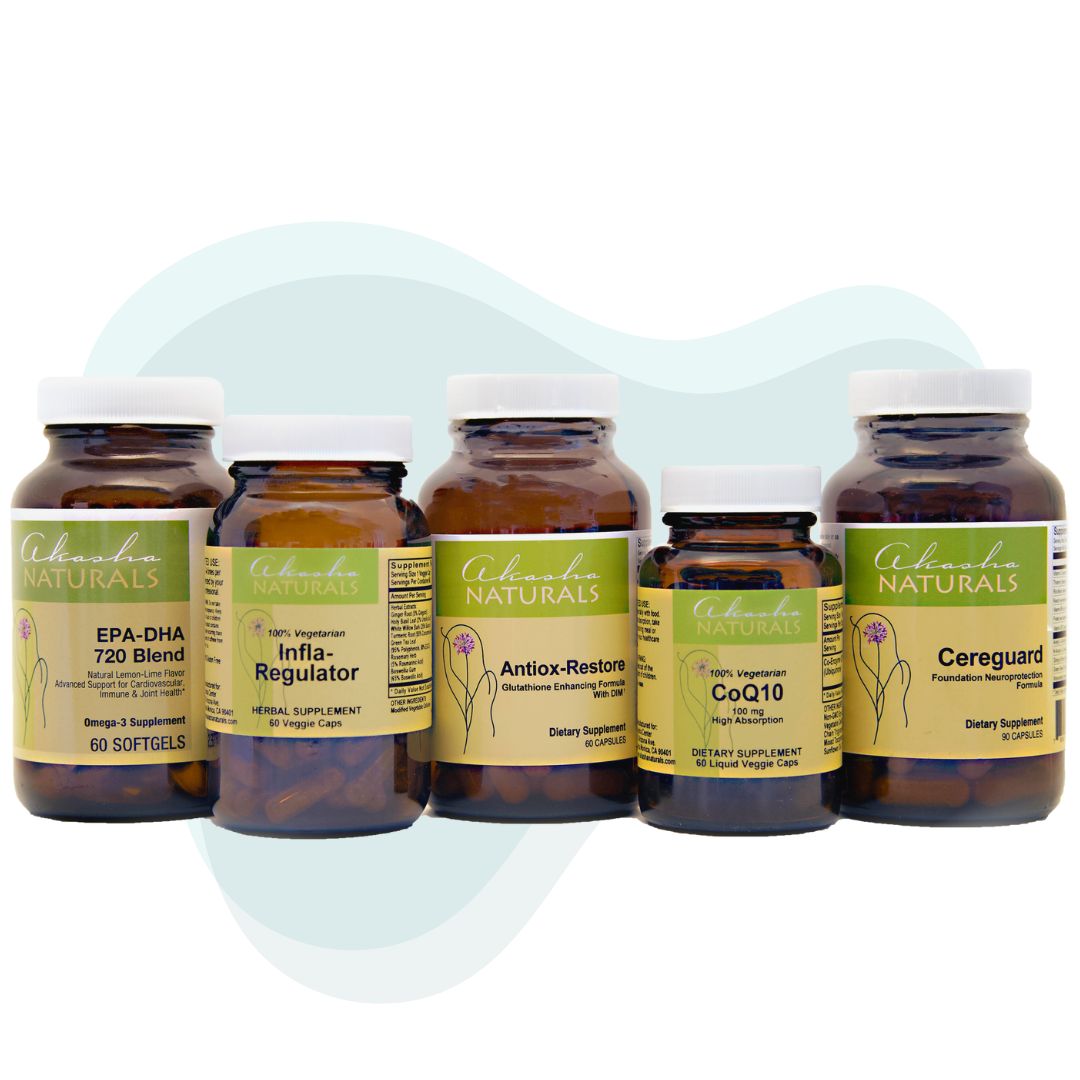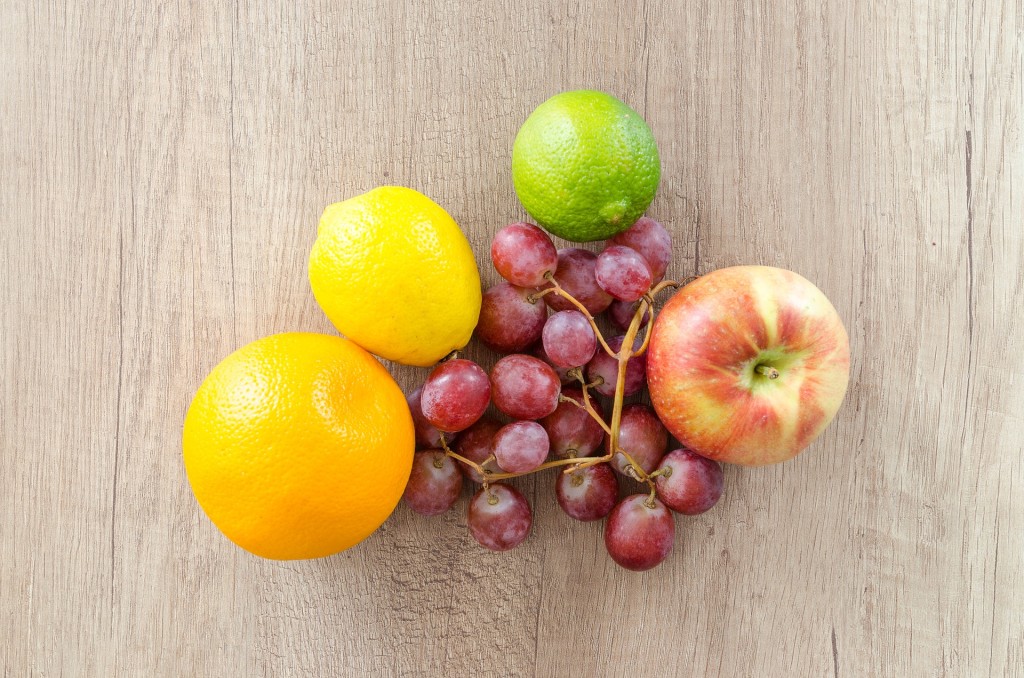No one was more surprised than me when I was diagnosed with gestational diabetes during my first pregnancy. Gestational diabetes is a temporary form of diabetes in which the hormones of pregnancy impair insulin’s ability to lower blood sugar. The diagnosis was a blessing in disguise because it led me to meet with a diabetic nutritionist to learn about how to keep a food log, introduced me to the glycemic index of foods, how to eat a Type 2 diabetic diet, and how to check my blood sugar after meals. The education I got about my body and about the hidden sugar content in foods was priceless and benefits me today.
I found out that a single piece of pizza would put my blood sugar over the limit. I had not thought of pizza as a sweet food, but pizza sauce has sugar in it and the crust becomes sugar in your body. I found out that if I walked for 10 minutes after a meal, the impact of the meal on my blood sugar was reduced. The flexing of muscles when walking helped to pump the sugar into the muscle cells where it was used to power my walk rather than raise my blood sugar. Walking after meals helped reduce my insulin resistance and improve my blood sugar.
I learned how to determine carbohydrate equivalents. One carb serving is 15g, and you can subtract a gram for each gram of fiber in the food. That is how the glycemic index works. All carbohydrates, including vegetables, fruits, grains, and beans, are ranked on the glycemic index. It is obvious that a bowl of beans will not spike your blood sugar the same way a muffin will, but I also learned some good tricks. I learned that I could eat a larger portion of apples or berries than of grapes or watermelon because apples and berries are lower on the glycemic index and have more fiber. The lower a food on the glycemic index, the less it will raise your blood sugar.
Women who have had gestational diabetes have a 7-fold increase in the likelihood of developing Type 2 diabetes. I am in prevention mode and continue to be mindful of a diabetic diet when I choose my foods and my dedication to exercise.
If you have already been diagnosed with prediabetes or Type 2 diabetes, there are several natural strategies that you can employ to help control your blood sugar.
- Diet: Learn how to count your carb equivalents and limit them to 2-3 per meal or 1-2 per snack. Eat small, frequent meals to keep blood sugar levels more stable. Familiarize yourself with the glycemic index and choose low-glycemic carbs. Increase the fiber in your diet and drink more water. Avoid processed fats and eat plenty of healthy fats like olive oil, avocado, wild salmon, nuts and seeds.
- Exercise: Aim for a minimum of 30 minutes per day of aerobic exercise. If you walk for 10 minutes after each meal, you will lower the blood sugar impact of the meal by improving the insulin sensitivity of muscle cells, helping the sugar go into muscle cells and out of the blood stream.
- Lose weight: Excess stored fat causes the body’s cells to become resistant to insulin.
- Supplements: a.
- Chromium – helps stabilize blood sugar and supports the job of insulin
- Cinnamon – reduces fasting blood sugar and improves insulin sensitivity
- Alpha Lipoic Acid – antioxidant that can help lower blood sugar by enhancing the uptake of glucose into cells and help inhibit glycosylation (the abnormal sugar-coating of proteins). It helps promote eye and nerve health.
- Magnesium – promotes healthy insulin production
- CoQ10 – antioxidant that helps support a healthy heart
- Green Tea – antioxidant helps support insulin and glucose control, reduces hunger, and reduces inflammation
- Botanicals such as blueberry, prickly-pear cactus, ayurvedic gurmar, and Asian bitter melon may help lower blood glucose.
Work with your physician to help implement an individualized program for your blood sugar control and monitoring. You can make an appointment to see Dr. Boston at the Akasha Center for Integrative Medicine at 310-451-8880.








